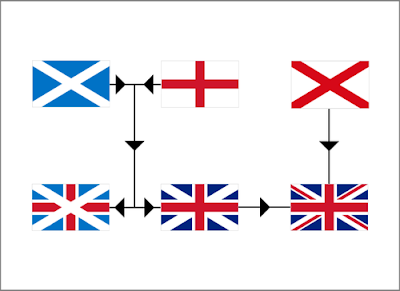 Aruba, the latest new visitor country, and below the top 20 visiting countries since July 20, 2008.
Aruba, the latest new visitor country, and below the top 20 visiting countries since July 20, 2008. Aruba, discovered and claimed for Spain in 1499, Aruba was acquired by the Dutch in 1636. The island's economy has been dominated by three main industries. A 19th century gold rush was followed by prosperity brought on by the opening in 1924 of an oil refinery. The last decades of the 20th century saw a boom in the tourism industry. Aruba seceded from the Netherlands Antilles in 1986 and became a separate, autonomous member of the Kingdom of the Netherlands. Movement toward full independence was halted at Aruba's request in 1990.
Aruba, discovered and claimed for Spain in 1499, Aruba was acquired by the Dutch in 1636. The island's economy has been dominated by three main industries. A 19th century gold rush was followed by prosperity brought on by the opening in 1924 of an oil refinery. The last decades of the 20th century saw a boom in the tourism industry. Aruba seceded from the Netherlands Antilles in 1986 and became a separate, autonomous member of the Kingdom of the Netherlands. Movement toward full independence was halted at Aruba's request in 1990.The design elements of the national Flag of Aruba have multiple symbolic meanings:
* The blue field represents the sky, the sea, peace, hope, Aruba's future and its ties to the past.
* The two narrow stripes "suggest the movement toward status aparte". One represents "the flow of tourists to sun-drenched Aruba, enriching the island as well as vacationers", the other "industry, all the minerals (gold and phosphates in the past, petroleum in the early 20th century)". [1] In addition to sun, gold, and abundance, the yellow is also said to represent wanglo flowers.
* The star has particularly complex symbolism.
- It is vexillologically unusual in having four points, representing the four cardinal directions. These refer in turn to the many countries of origin of the people of Aruba. They also represent the four main languages of Aruba: Papiamento, Spanish, English, and Dutch.
- The star also represents the island itself: a land of often red soil bordered by white beaches in a blue sea.
- The red also represents blood shed by Arubans during war, past Indian inhabitants, patriotic love, and Brazil wood.
- The white also represents purity and honesty.
In addition to visitors from my own country Norway (47%), people in USA and UK (21%) represent the most active blogging community interested in my blogging topics.
 The UK Flag; the Union Jack, has an interesting design as mentioned to me by Ullhedina some time ago. Ullhedina is living in The Southern Uplands of Scotland, but writes her blog in Norwegian.
The UK Flag; the Union Jack, has an interesting design as mentioned to me by Ullhedina some time ago. Ullhedina is living in The Southern Uplands of Scotland, but writes her blog in Norwegian.During the first crusade, leaders initially decided English soldiers were to wear a white cross on red, French soldiers a red cross on white, and Italian soldiers a yellow cross on blue. However, most English soldiers instead chose to wear the cross of St George, which the French were already wearing, making this the standard cross for crusaders.
The Flag of Scotland, called The Saltire or St Andrew's Cross, is a blue field with a white saltire; according to tradition, it represents Saint Andrew, who is supposed to have been crucified on a cross of that form (called a crux decussata) at Patras. The St Andrew's Cross was worn as a badge on hats in Scotland, on the day of the feast of St Andrew. It is the oldest continuously used sovereign flag in the world, having been in use since AD 832 - or so legend has it.
I leave the debate to my friends in UK, if the origin to Union Jack comes from Scotland or England.
No comments:
Post a Comment